Dziękuję
“Tulips versus voles”
Od kilku lat o tej porze marzą mi się tulipany. Nie takie kupione ale takie wychodowane we własnym ogrodzie. Powiecie, nic prostszego, kup na jesieni cebulki i zasadź. Na wiosnę urosną. Ha i tu zaczynają się schody. Na mój ogród wprowadziły się małe zwierzątka zwane karczowniki. Są to bardzo wredne zwierzątka, które zjadają wszystko (nawet plastikowe ochronki na cebulki). Zaczęły od szklarni, potem przeniosły się na drzewka owocowe, a na końcu zżarły wszystkie cebulki kwiatowe. Bardzo trudno je wyplenić biorąc pod uwagę fakt, że mój ogród ma prawie 1 hektar.
For a few years now, I dream about tulips at this time of the year. Not the store-bought kind either, the ones you grow in your own garden. You can tell me, “just go to the nursery store and buy some bulbs in the fall and plant them, come springtime they will grow, there is nothing easier.” And here the problems begin. My yard has been invaded by tiny, nasty, and always hungry little animals called voles. They eat everything (even the plastic baskets that are supposed to protect the bulbs in the ground). They started in the greenhouse, then moved to my fruit trees, and then finally, they ate all my flower bulbs. It is difficult to get rid of them considering the fact that my yard is almost one hectare.
Dlatego w tym roku postanowiłam uszyć sobie tulipany. Zainspirowana pomysłami w Internecie jak uszyć tulipany, stworzyłam własny wzór i zabrałam się do roboty. Wykrój możecie pobrać tutaj.
That is why I decided to sew my own tulips this year. I found some inspiration and instructions online and I made my own pattern according to my needs and went to work. You can download the pattern here.
Do zrobienia tulipanów potrzebny jest wzór, kolorowe tkaniny, drewniane patyczki, wstążka satynowa, oraz zielony filc.
To make tulips, you need a pattern, colored fabrics, wooden sticks, a satin ribbon, and green felt.
Wzór wydrukowałam i wycięłam. Liście tulipanów odrysowałam na pojedynczej warstwie filcu i wycięłam po linii. Można wykorzystać inną tkaninę, ale wtedy musielibyśmy liście zszywać tak jak główki tulipanów.
I printed the pattern and cut it out. I traced the tulip leaves on a single layer of felt and cut them out in a line. You can use a different fabric, but then you would have to sew the leaves together just like the tulip heads.
Czas na główki tulipana. Do tego celu wykorzystałam 5 calowe kwadraty, które złożyłam na pół i odrysowałam na nich wzór.
Time to make the tulip heads. I used 5” squares, which I folded in half and drew the pattern on them.
Następnie przeszyłam po liniach narysowane tulipany, przycięłam szwy i wywinęłam na prawą stronę.
Next, I stitched along the lines, trimmed the seams and turned inside out.
Główki prawie gotowe. Zagięłam spód tulipana i przyszyłam go gęstym ściegiem fastrygowym w kolorze główki. Nitka ta może być widoczna gdy będziemy przywiązywać główkę do patyczka. Dlatego warto zwrócić na to uwagę.
The heads are almost ready. I folded the bottom of the tulip and sewed it with a thick basting stitch in the color of the tulip head. This thread can be seen when we attach the head to the stick. Therefore, it is worth paying attention to it.
Zostawiłam nadmiar nitki na początku i na końcu szycia. Tyle, aby móc zawiązać supełek i schować nitkę podczas mocowania główki tulipana.
I left excess thread at the beginning and at the end of sewing. Just enough to be able to tie a knot and hide the thread while attaching the tulip head.
Następnie wypełniłam główkę kulkami silikonowymi.
Next, I filled the tulip head with silicone balls.
Po wypełnieniu główek zabrałam się za przygotowanie łodyżek do moich tulipanów.
After filling the heads, that I started to work on the stems for my tulips.
Drewniane patyczki obwinęłam wstążką satynową. Żeby wstążka się nie rozwijała początek i koniec stopiłam i skleiłam. Trzeba uważać bo po stopieniu wstążka przez chwilę jest bardzo gorąca.
I wrapped the wooden sticks with a satin ribbon. So that the ribbon does not unfold, I melted the beginning and the end and glued them together. You have to be very careful because the ribbon is very hot for a while after it melts.
Gotowe łodyżki po kolei wpychałam (głęboko) w główkę tulipana. Następnie ściągnęłam pozostawione wcześniej nitki i mocno zawiązałam supeł. Nitkę za pomocą igły schowałam w główce tulipana.
I pushed the finished stems one by one (deeply) into the tulip’s head. Then I took off the threads I had left behind and made a tight knot. I hid the thread with a needle in the tulip’s head.
Następnie przyszyłam liście i tulipan gotowy.
Next, I sewed the leaves on and my tulip is ready.
Na początku planowałam doszycie jednego liścia, ale ostatecznie przyszyłam do każdego tulipana po dwa. Jestem zachwycona. Nareszcie mam tulipany, których nie zeżrą karczowniki. Mogę się nimi cieszyć cały rok.
In the beginning I had planned to sew in one leaf only, but I thought two leaves would look better. I am delighted. Finally, I have my own tulips that won’t be eaten by voles. I can enjoy them all year round.
Miłej wiosny.
Have a nice spring.
You may also like
Ta strona używa Akismet do redukcji spamu. Dowiedz się, w jaki sposób przetwarzane są dane Twoich komentarzy.
Noo... tak :( Ważne, ze wasztaty się udały :) Teraz dbaj o siebie i powoli, powoli... do przodu :)
Sylwia, będziesz miała co opowiadać wnukom ;) ! Gratulacje raz jeszcze!
Warsztaty się udały, ale muszę powiedzieć że prowadzenie ich ze złamaną nogą nie było łatwe
Sylwia! Gratuluję wystawy w tak zacnym miejscu! Daj z siebie wszystko podczas warsztatów, dziel się wiedzą i umiejętnościami! Ciesz się...…
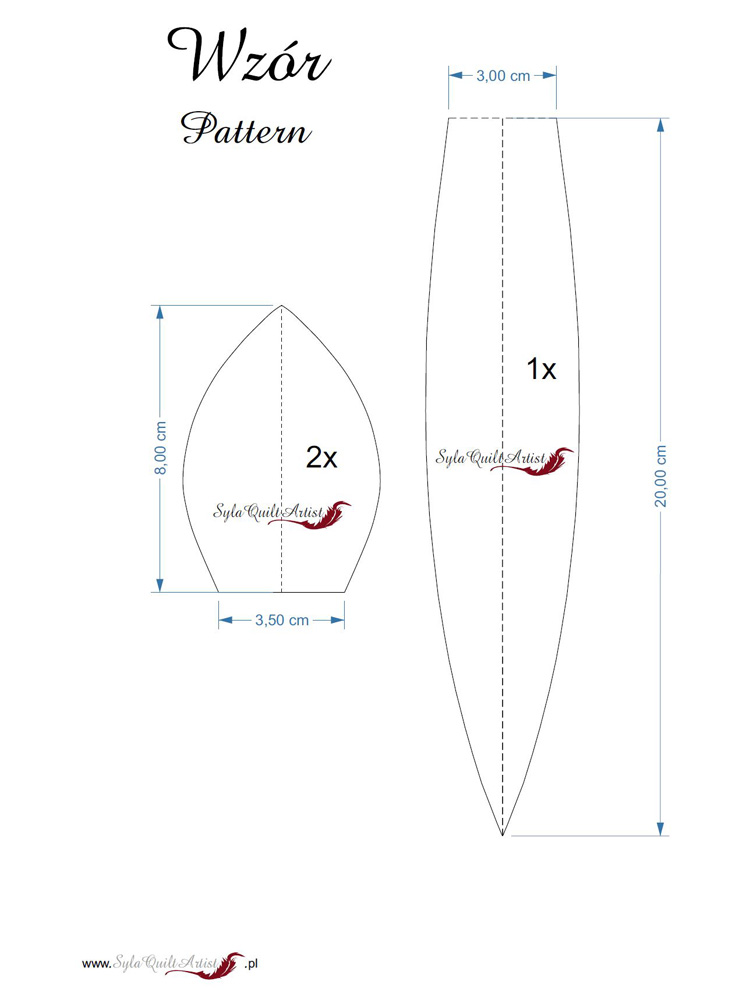
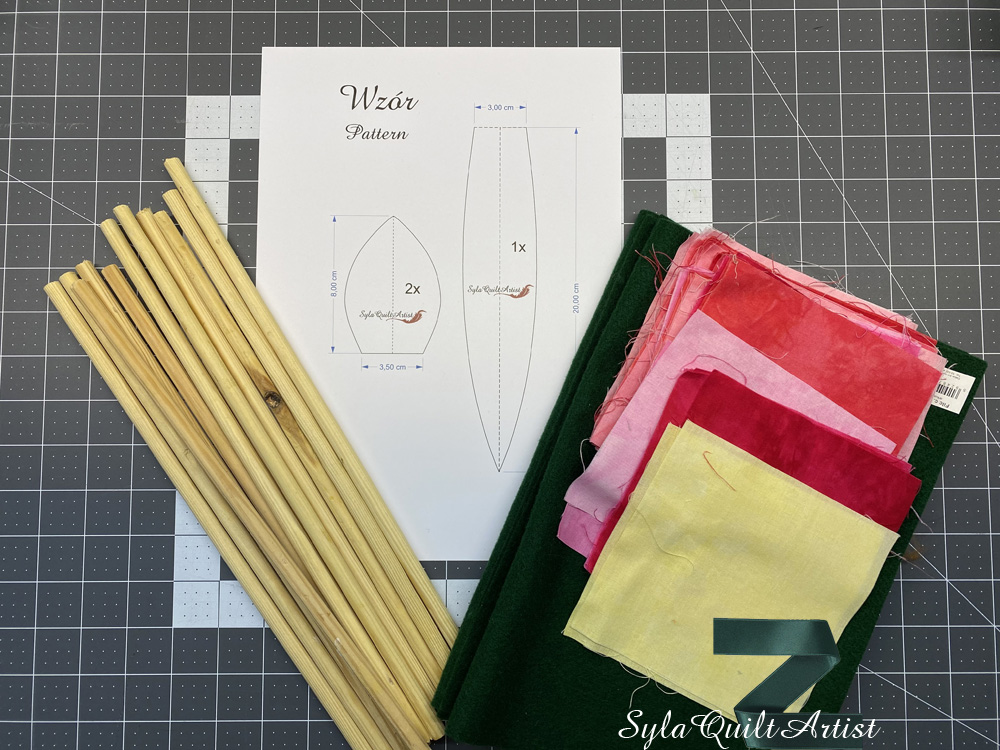


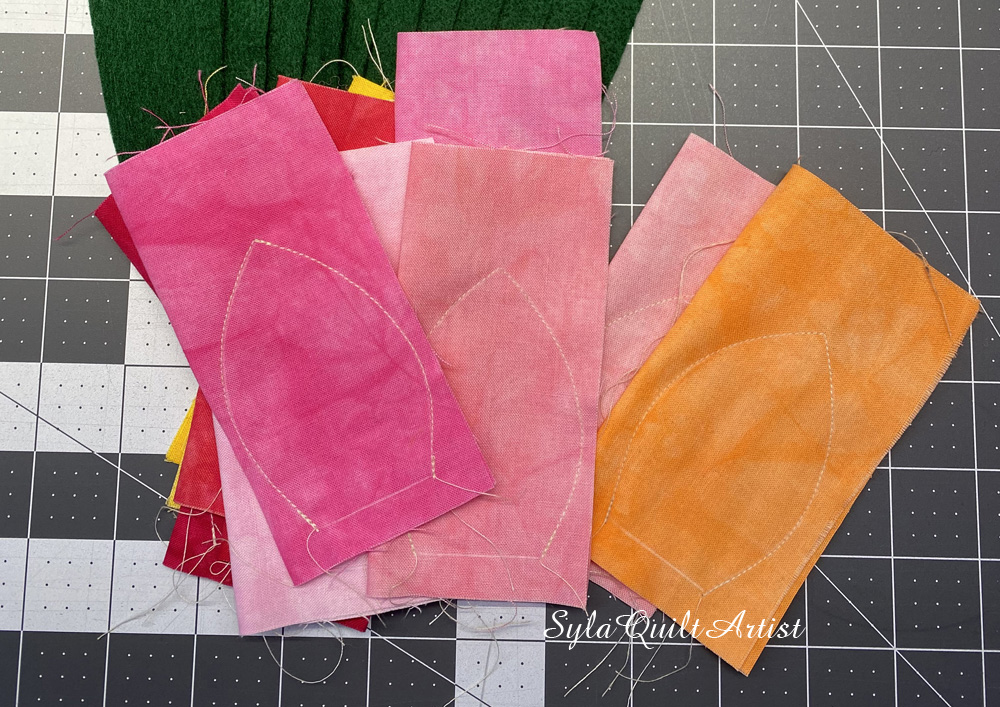
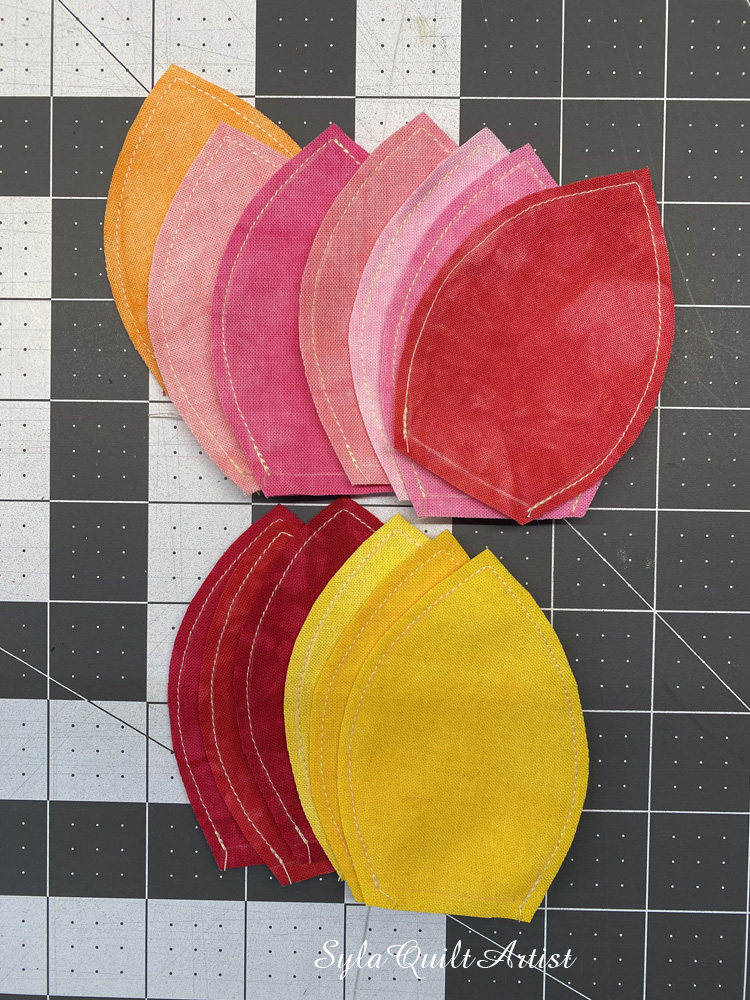
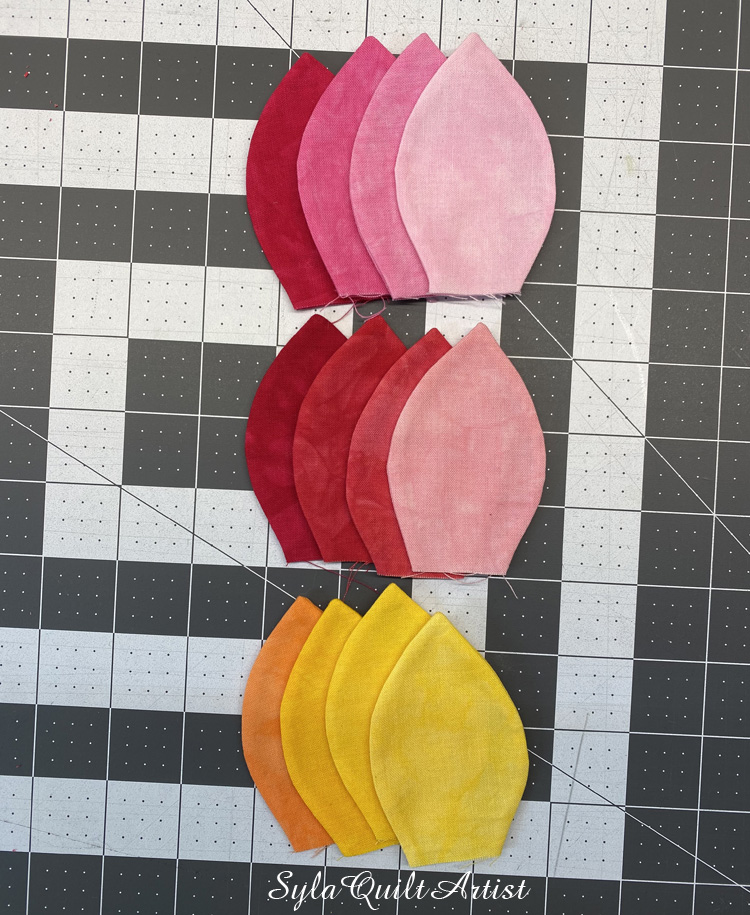

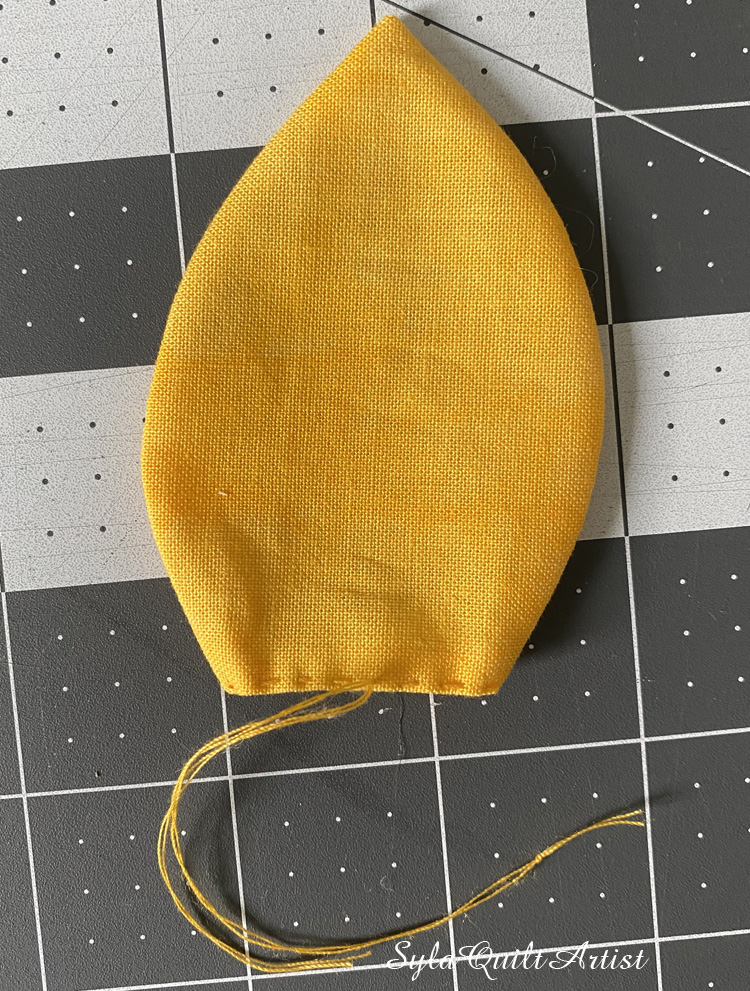
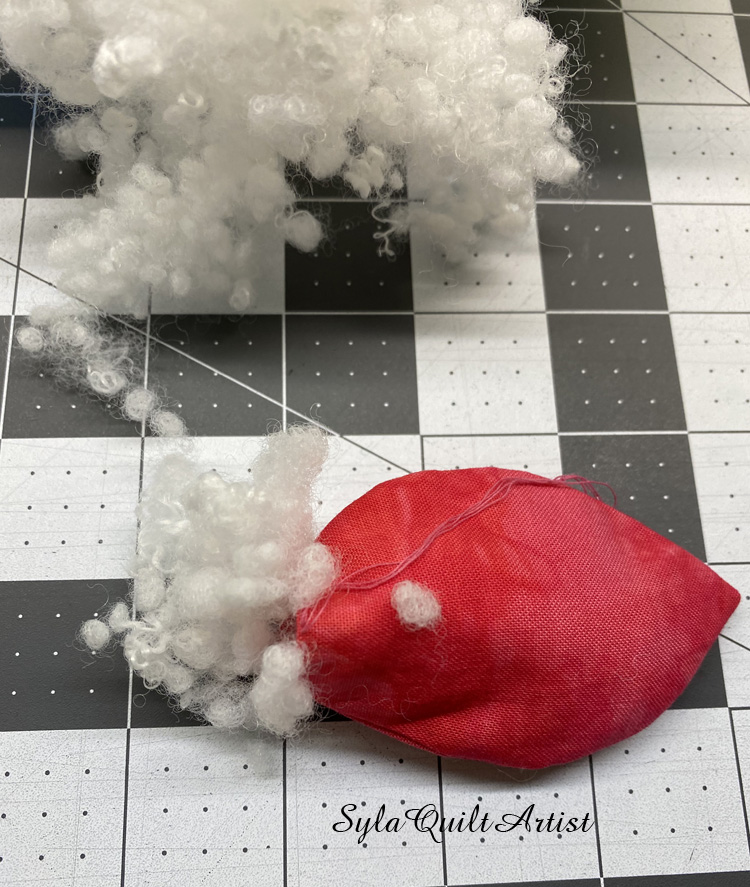
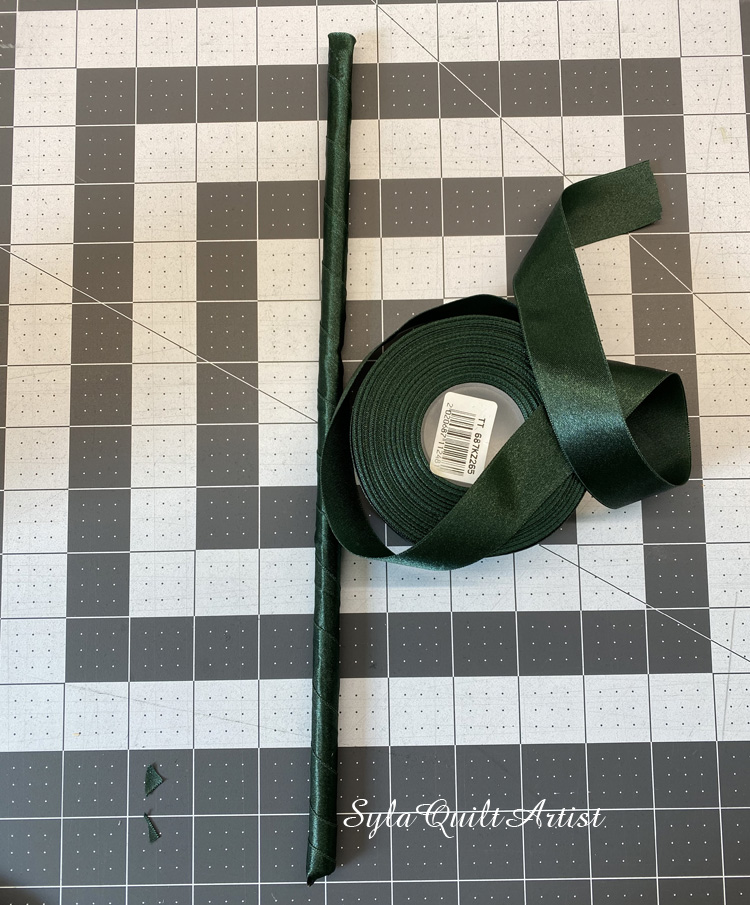
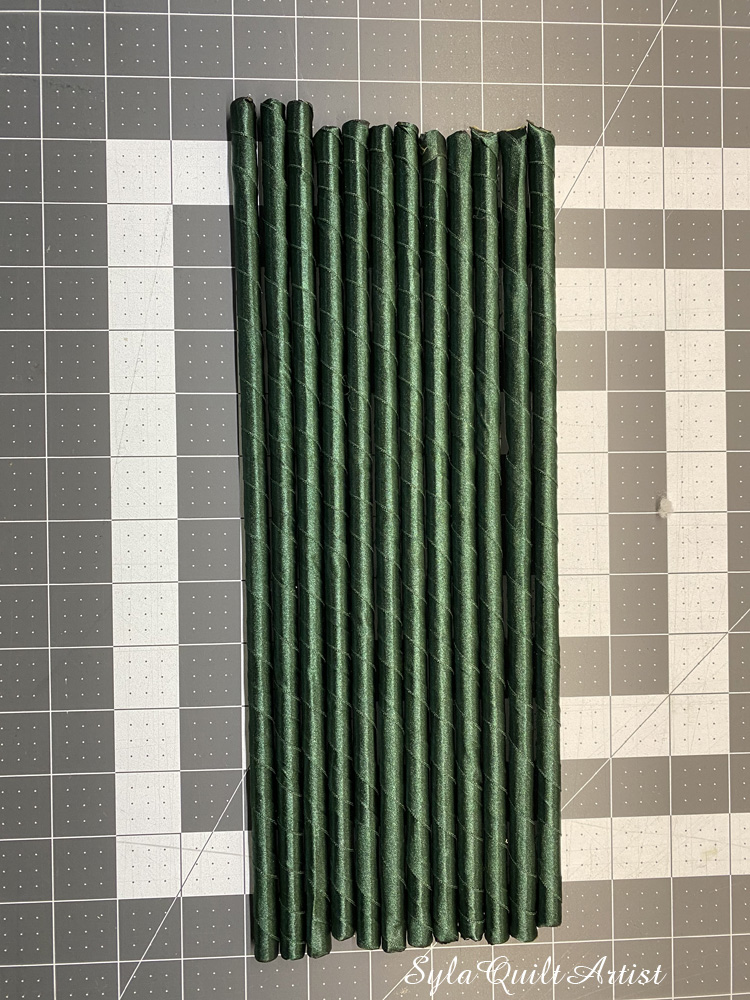
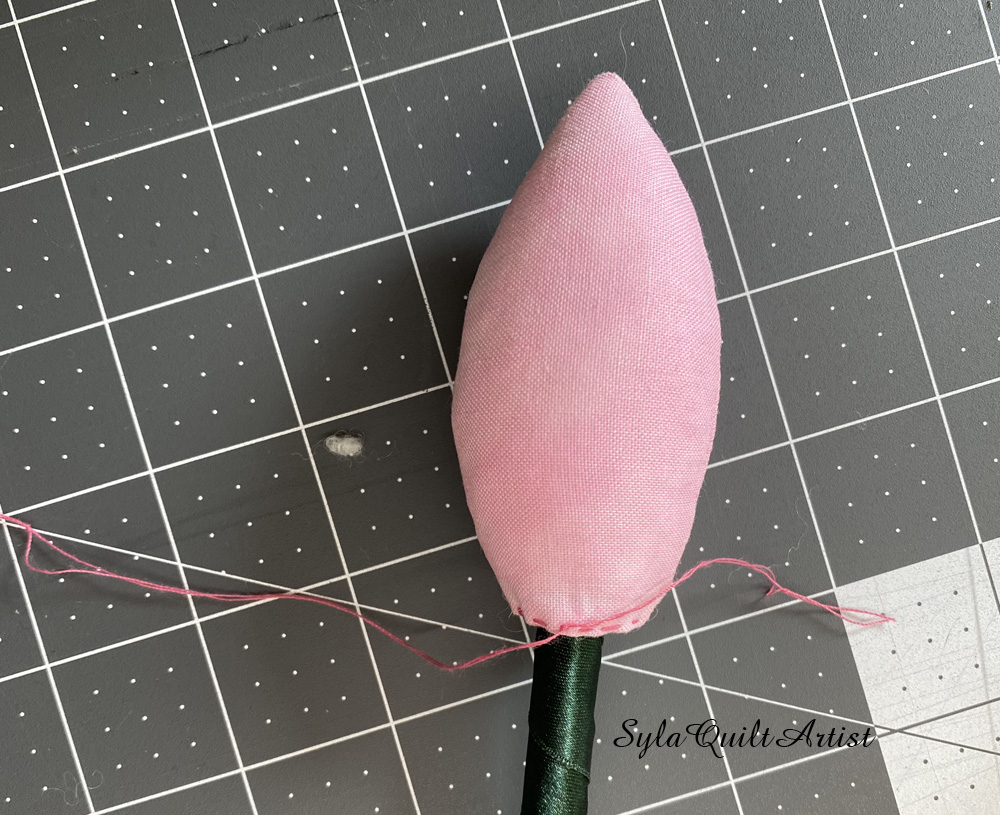
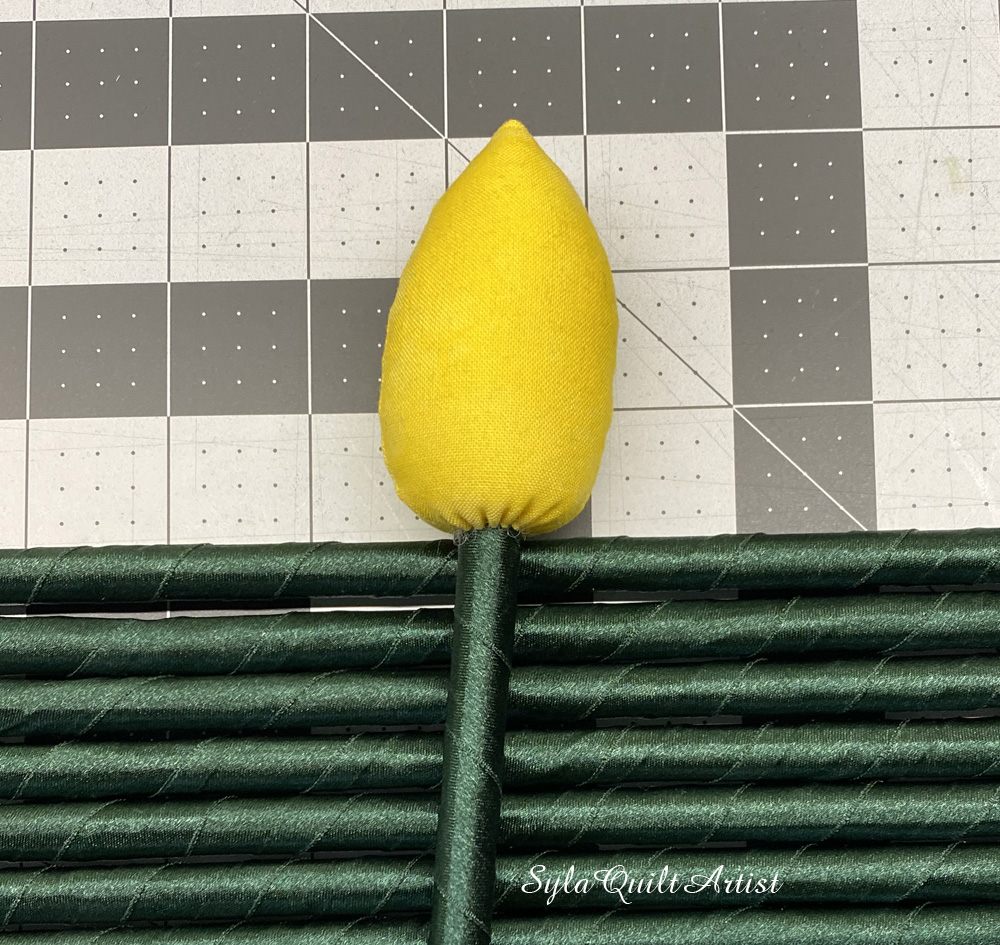

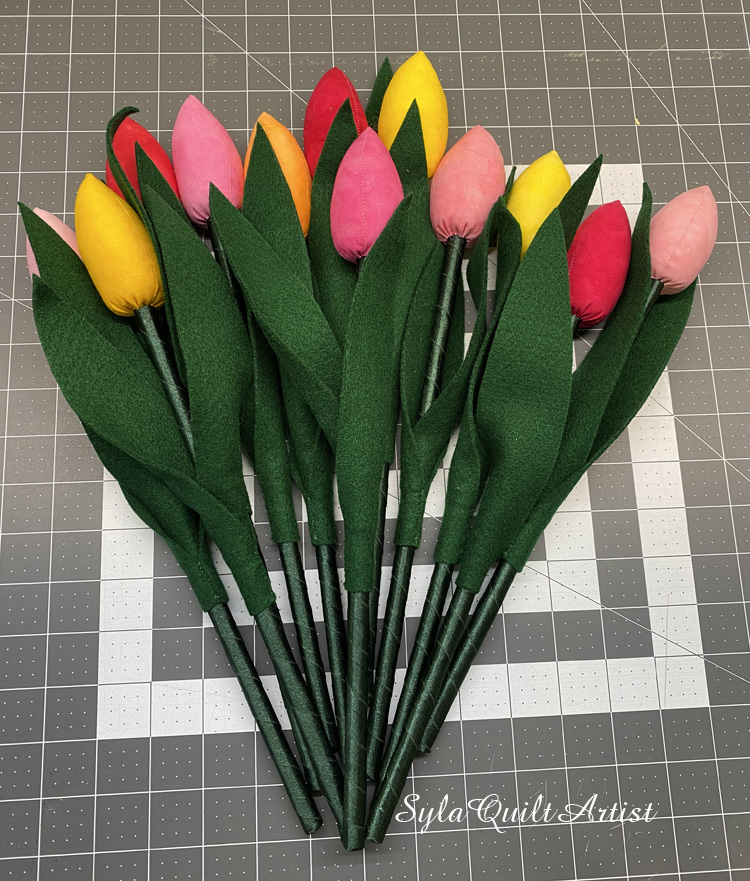
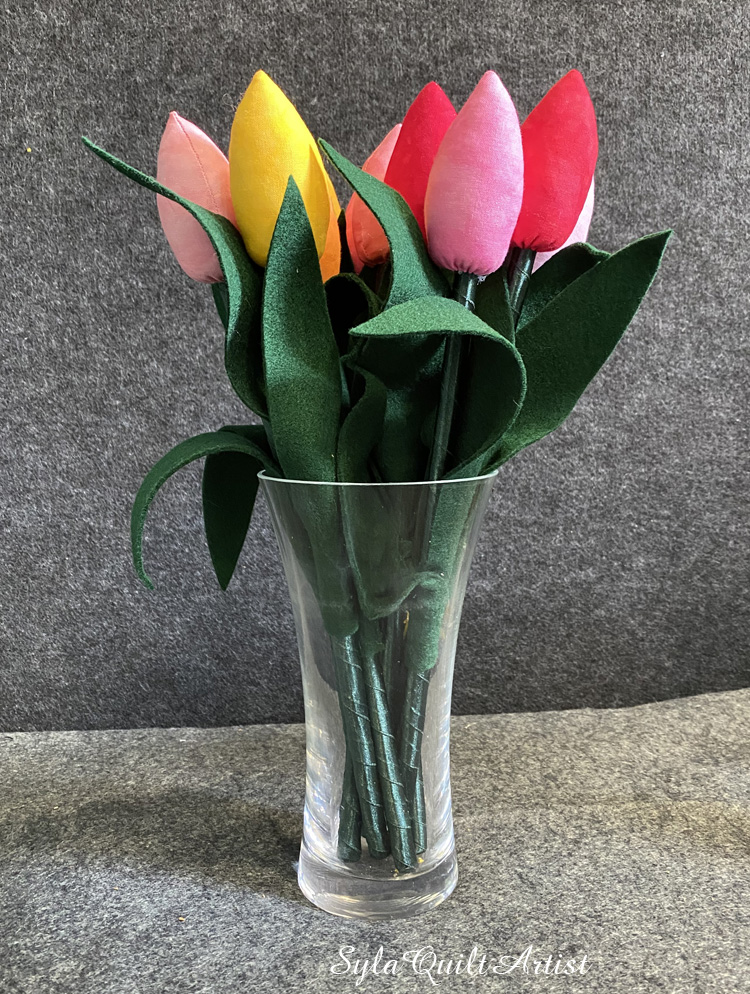
Dodaj komentarz